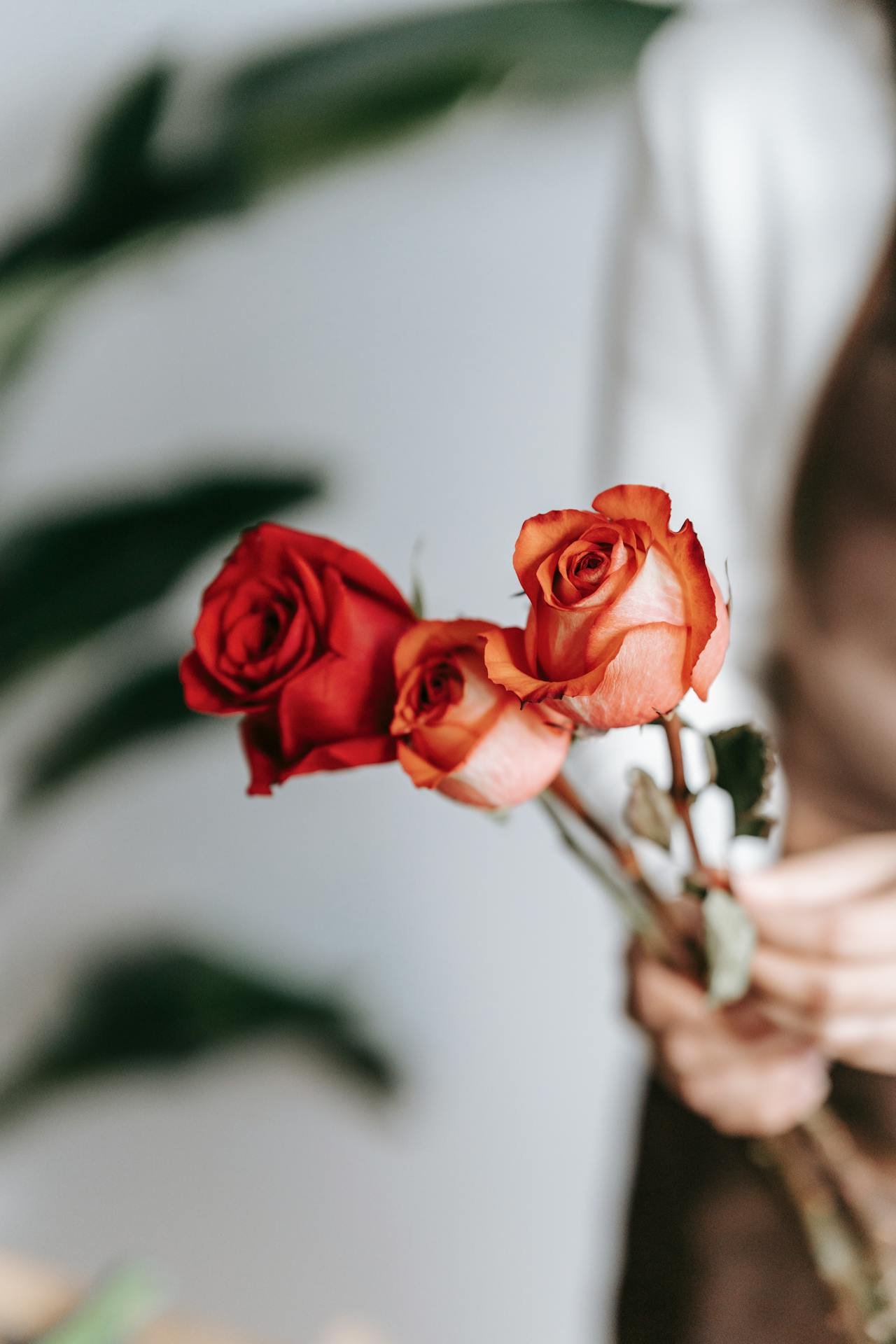Flower Arrangement Theories Florists Might Consider
Flower arrangement theories play a crucial role in enhancing the artistry and aesthetics of bouquets created by florists. By understanding and applying these theories, florists can elevate their skills and create more visually appealing and harmonious floral designs.
One key theory that can help florists improve their bouquets is the theory of focal point. This theory suggests that a bouquet should have a central point of interest, such as a larger or more vibrant flower, to draw the viewer's eye and create a sense of balance. By incorporating a focal point into their arrangements, florists can create more engaging and impactful bouquets.
Another important theory is the theory of balance and proportion. This theory emphasises the importance of arranging flowers in a way that creates visual equilibrium and harmony. Florists can achieve this by considering the size, shape, and colour of each flower and ensuring that they are distributed evenly throughout the bouquet.
Florists can benefit from the theory of colour harmony. This theory suggests that certain colours complement each other and create a sense of unity in a bouquet. By understanding colour schemes such as complementary, analogous, or monochromatic, florists can create visually stunning bouquets that evoke specific emotions or themes.
By applying flower arrangement theories such as focal point, balance and proportion, and colour harmony, florists can enhance their bouquets and create designs that are not only aesthetically pleasing but also meaningful and impactful.
1. Balance:
Balance is key. It doesn’t mean rigid symmetry; rather, it’s about visual equilibrium.
Symmetrical Balance: Perfectly mirrored arrangements (like a classic rose bouquet).
Asymmetrical Balance: Uneven but harmonious compositions (think wildflowers in a rustic vase).
2. Scale and Proportion:
Scale: Consider the size of your container and the flowers. Don’t overwhelm or underwhelm.
Proportion: Balance flower sizes. Mix focal blooms with filler flowers and delicate accents.
3. Dominance:
Dominance Principle: Choose one star player (a striking bloom or color) and build around it.
Harmony: Let other elements support the dominant feature.
4. Rhythm and Movement:
Rhythm: Guide the viewer’s eye through the arrangement. Use lines, curves, and repetition.
Movement: Avoid static designs. Imagine a dance—flowers should sway and flow.
5. Color Theory:
Color Wheel: Understand complementary, analogous, and monochromatic color schemes.
Emotions: Colors evoke feelings. Reds are passionate, blues calming, and yellows cheerful.
6. Orientation and Line:
Orientation: Flowers have faces. Arrange them to “look” at each other for depth.
Line: Curved lines soften, while straight lines add structure.
Bonus: Flower Color Theory:
Explore the magic of color combinations. Darroch and Michael Putnam’s book, “Flower Color Theory,” delves into hues, varieties, and harmonious displays.
Learn about analogous, complementary, and triadic color schemes.
Practice makes petals perfect, as does creative experimentation.
